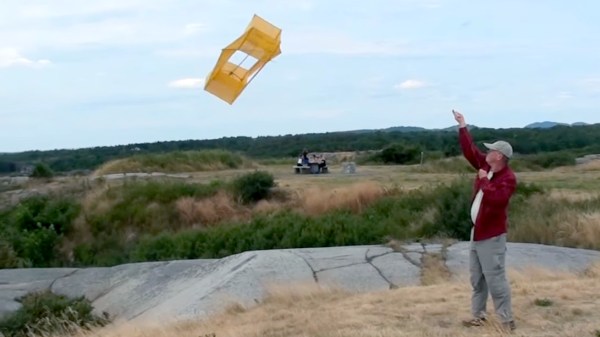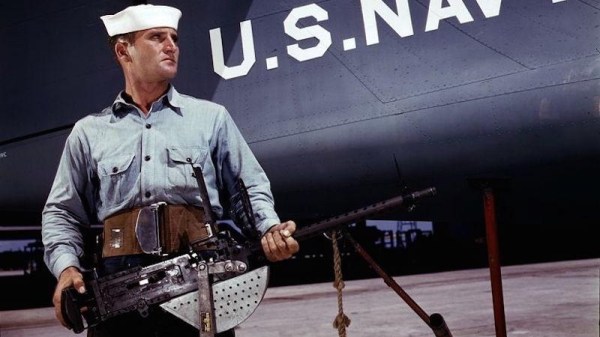According to [Joanna Goodrich] in IEEE Spectrum, prior to World War II, soldiers who wanted to find land mines, simply poked at the ground with pointed sticks or bayonets. As you might expect, this wasn’t very safe or reliable. In 1941, a Polish signals officer, [Józef Stanislaw Kosacki], escaped to Britain and created an effective portable mine detector.
[Kosaci] was an electrical engineer trained at the Warsaw University of Technology. He had worked as a manager for the Polish National Telecommunication Institute. In 1937, the government tasked him with developing a machine that could detect unexploded grenades and shells. The machine was never deployed.
When Germany invaded Poland in 1939, [Kosacki] returned to military service (he had done a year of compulsory service earlier). He was captured and kept in a prison camp in Hungary. But he managed to escape in late 1939 and joined the Polish Army Corps in Britain, teaching Morse code to soldiers.















